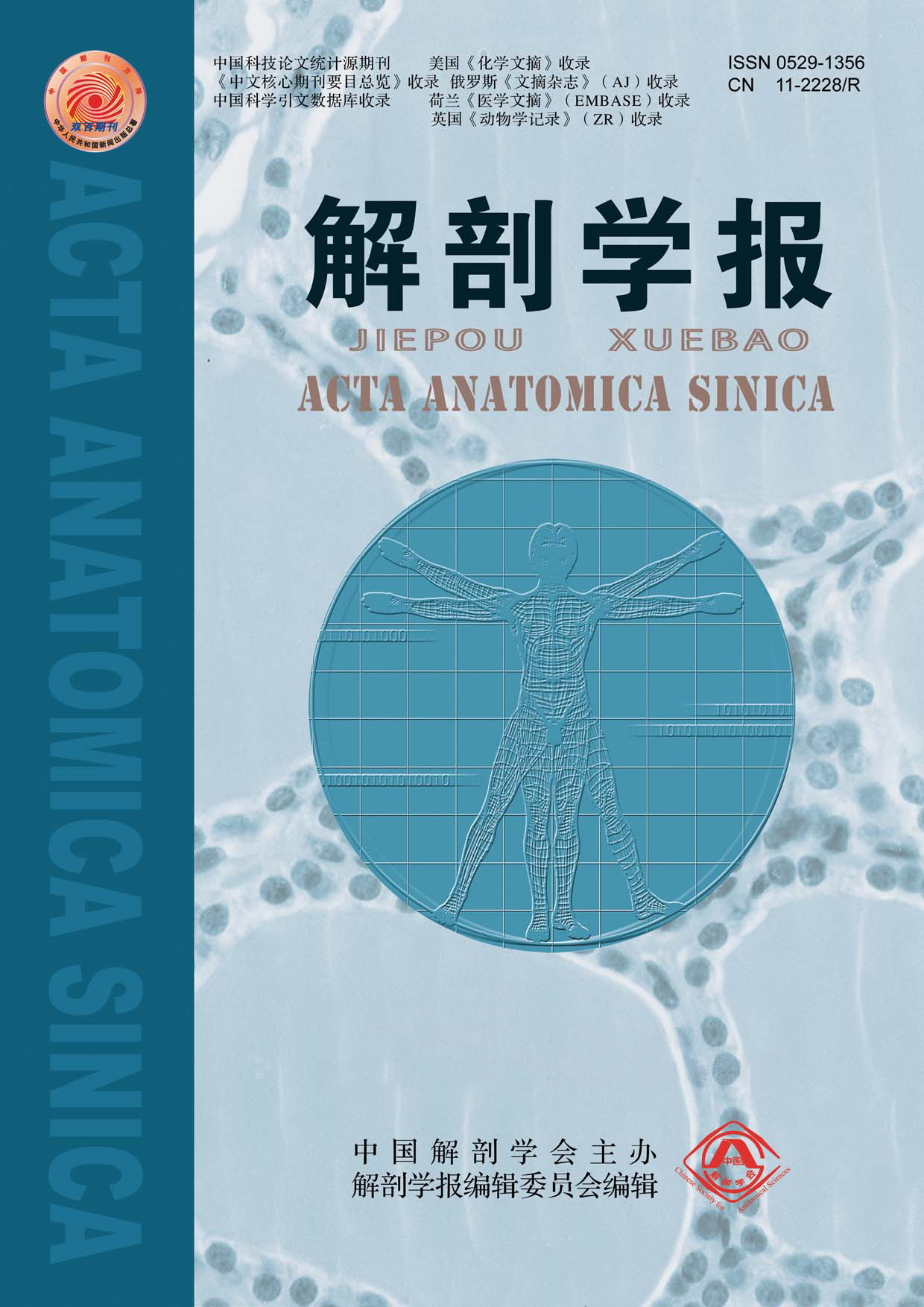Objective To investigate the effects of overdose all-trans retinoic acid (ATRA) on brain, heart, lung, liver, kidney and spleen in developmental SD rats. Methods Forty-eight male SD rats, 3-week-old, were divided into control group and three treatment groups at the doses of 40, 60, and 80 mg/(kg·d) of ATRA, respectively, 12 rats each group, the rats were administrated by gavage every day for 10 days. The rats body weight were weighed every day. After treatment, the rats were sacrificed and then rat heart, lung, liver, kidney, and spleen tissues were weighed, respectively. The organ index was calculated. The organs were then stained with HE staining. Results After ATRA gavage, compared with the control group, the 40 mg/(kg·d) ATRA group had higher kidney index and body weight change was not statistically significant, the 60 mg/(kg·d) ATRA group had lower body weight, higher heart and kidney index, and lower spleen weight, and the 80 mg/(kg·d) ATRA group had significantly lower body weight, higher brain, heart and kidney index, and lower brain and spleen weight. HE staining showed that compared with the control group, SD rats in the 40, 60 and 80 mg/(kg·d) ATRA groups had thickened alveolar wall, vacuol-like changes in renal tubular epithelial cells, and more macrophages in the spleen, but no significant histological changes in the brain, liver and heart. Conclusion Excessive all-trans retinoic acid in vivo could damage the lungs, kidneys and spleen in developmental SD rats.


